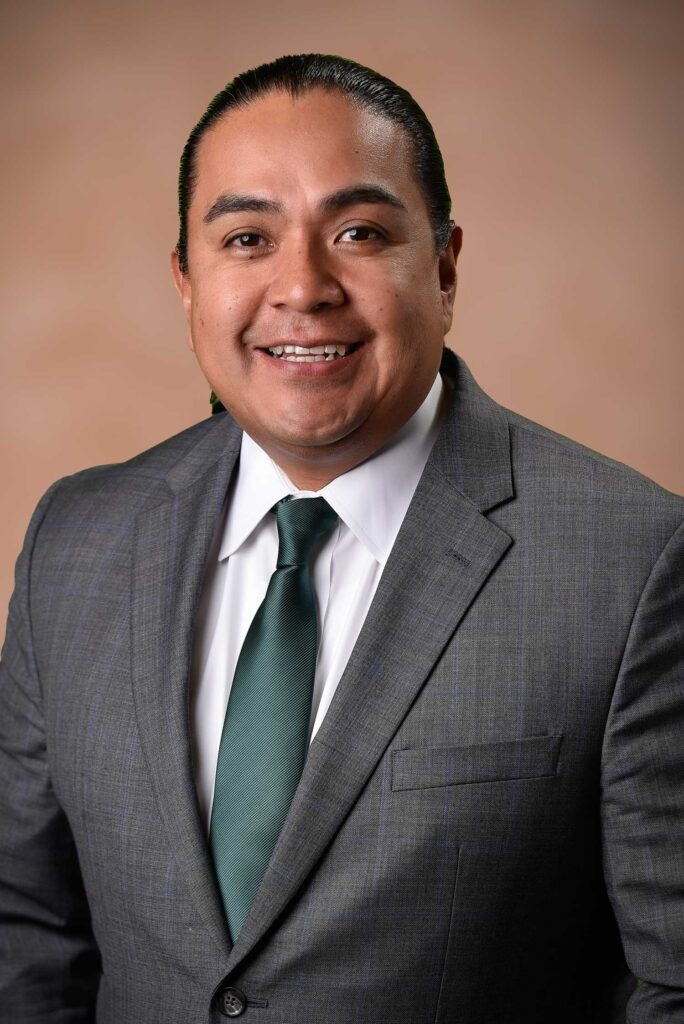
Chief Executive Officer
Selecting the best insurance coverage requires due diligence – particularly for tribal governments and businesses. Tribes and tribal entities have unique advantages and challenges, requiring careful evaluation of many factors when selecting an insurance carrier.
BLANKET LIMITS
Blanket limits – do they really provide the security they imply? When reading the fine print, you may find the policy includes terms that limit your individual coverage. For example, a policy guaranteeing a tribe $1 billion in coverage may be a pooled amount shared by all of the tribes in the pool. Based on the number of claims the insurer receives in a fiscal quarter, the amount available to pay on your claim may vary dramatically.
EXCLUSIONS
Does the policy truly cover everything you want and need? On the surface, it may seem like a great program, but look closely at the list of exclusions. Take flood insurance, for example. A tribe may have a $10 million certificate for flood coverage, but the policy may state that coverage does not apply to tribal lands in high-risk A & V flood zones – leaving you unprotected.
DEDUCTIBLE RATES
Deductibles and premium rates – how do you find the right balance between them? A tribe’s “safety culture” should factor into this decision. If your tribe or business conducts proper safety training and education and maintains your vehicles and equipment, a higher deductible and lower premium rate make sense because the likelihood of a high-dollar loss is lower.
But, if your tribe’s safety culture is not up to par, lower deductibles and higher premiums make sense. For any small or medium-sized tribal government or business, revenue and income can be very tight, and the payout of high deductibles could dramatically affect financial outcomes in a high claims year.
RISK MANAGEMENT
Are you getting what you paid for when it comes to the risk management benefits included in your policy?
Tribes often pay for safety training, on-site inspections and loss control services, but don’t receive these essential benefits. An insurance company should perform a thorough property and equipment review to reduce risk of patron and employee injuries.
Insurance providers also should teach workplace safety education, including defensive driving, CPR and Automated External Defibrillator (AED) techniques. Training should cover emergency procedures, methods of nonviolent-intervention and alcohol-awareness, among other things.
INFLATION
Are automatic insurance rate increases just a part of doing business? If your policy has a built-in 5 percent inflation rate, your premiums have increased 25 percent over the past five years! At the same time, the value of the property you are insuring may have decreased.
Generally speaking, if you have not shopped your insurance program or completed a request for proposal in five years, you may be paying too much. Shop and compare. Then ask other businesses if they are satisfied with their insurance providers.
When selecting an insurance company, also ask about the frequency and timing of audits. This management tool ensure that buyers are paying the appropriate premium for their exposure to risk.
SOVEREIGN PROTECTION
Are tribes subject to state workers’ compensation programs? Tribal sovereignty exempts tribes from state statutes, thus allowing tribes to choose insurance programs aligned with the core cultural values that have shaped your communities for generations.
Tribal interests are best served by insurance providers experienced at doing business in Indian Country. Choose an insurer who will appoint seasoned tribal lawyers and pursue arbitration hearings to avoid lengthy court battles, saving legal expenses.
COMMUNITY SUPPORT
Do insurers have a social responsibility to the people they serve? Absolutely! When selecting an insurer, inquire about their corporate “give back” philosophy, and ask for proof they live up to those expectations. Simply stated, insurers that do business on tribal lands should play an active role in improving quality of life.
An insurance company that works with tribal government and businesses should help reduce costs to elevate tribal communities. An insurer should share your commitment to creating sustainability and keeping Indian money in Indian Country.